How To Set up A Wood Duck Nest Box
A pair of beautiful Wood Ducks appeared on the pond at Vista Farm a month or so ago. They are very shy and although they seem to love the company of the Muscovys and Ring-neck ducks and are regular visitors to the boat launch where we throw out corn, they fly to the far side as soon if they see my Trail Wagon or the car.
That’s OK, they don’t need to be domesticated. We do want them to stay, however, hopefully make a nest and raise a family. Maybe they will even attract a few more pairs. In anticipation of spring nesting, at great trouble but not so vast expense, we bought a nesting box from the local feed store, a handful of stainless screws and washers and a bag of untreated pine shavings. Our helper Johnny bought another box at a tag sale and we scavenged two long lengths of drill stem pipe from the Captain’s junkyard. Johnny burned holes through the drill stem with a torch and drilled holes in the boxes, then attached them with the screws and washers.
The captain launched the flatboat with the trolling motor, loaded the boxes attached to the drill stem and a pile driver and he and Johnny headed for the first location at the edge of the pond in the southeast corner. The bottom of the pond is fine silty clay but once he pounded past the silt and hit solid clay the heavy box and pipe stood firmly upright about four feet from the surface. He put about five inches of shavings in the bottom of each box and closed the door. The second box we put at the northeast corner. Both are in standing water so the baby ducks can fall out and land in the water where their mother will waiting and encouraging them.
The two little wood ducks have thoroughly checked out both boxes, but I don’t think they are building yet. There doesn’t appear to be suitable natural sites nearby. All the trees on the east shoreline of the pond where they hang out are young and lack nesting holes. The deeper woods to the east may have trees with holes, but they are far from the water and there are obstacles in between, not to mention predators like the Red-tail Hawk and several Great Blue Herons and Great Egrets. Baby duck is one of the heron’s favorite foods.
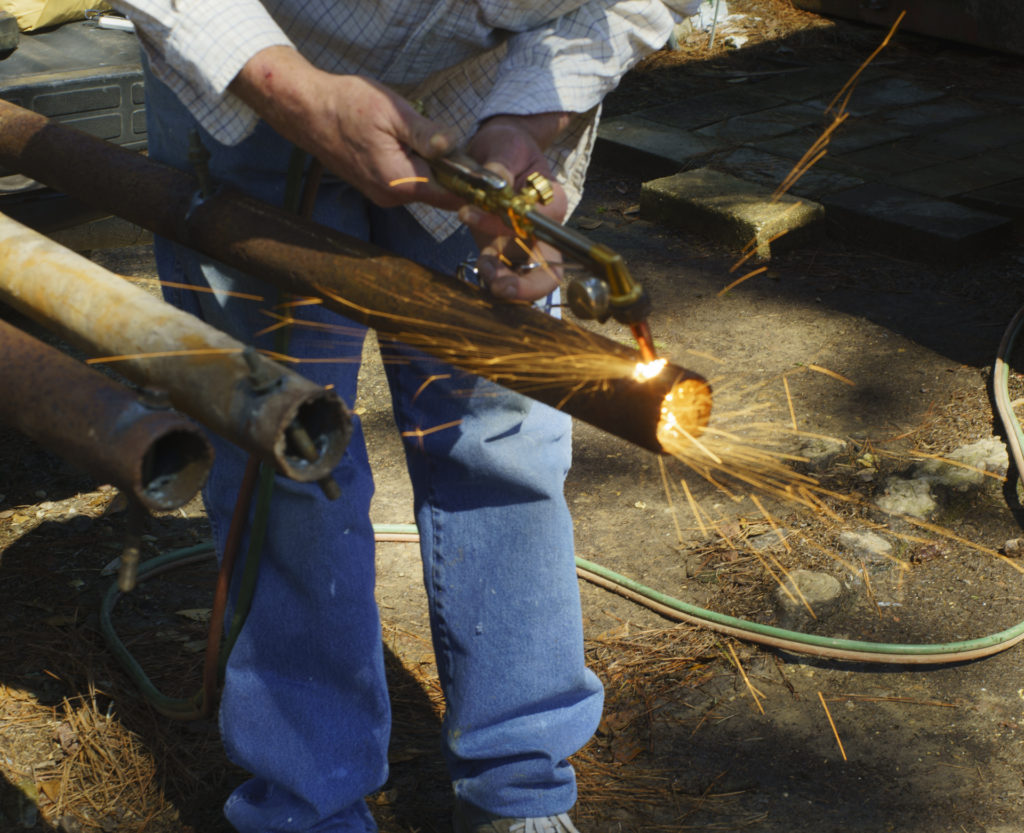
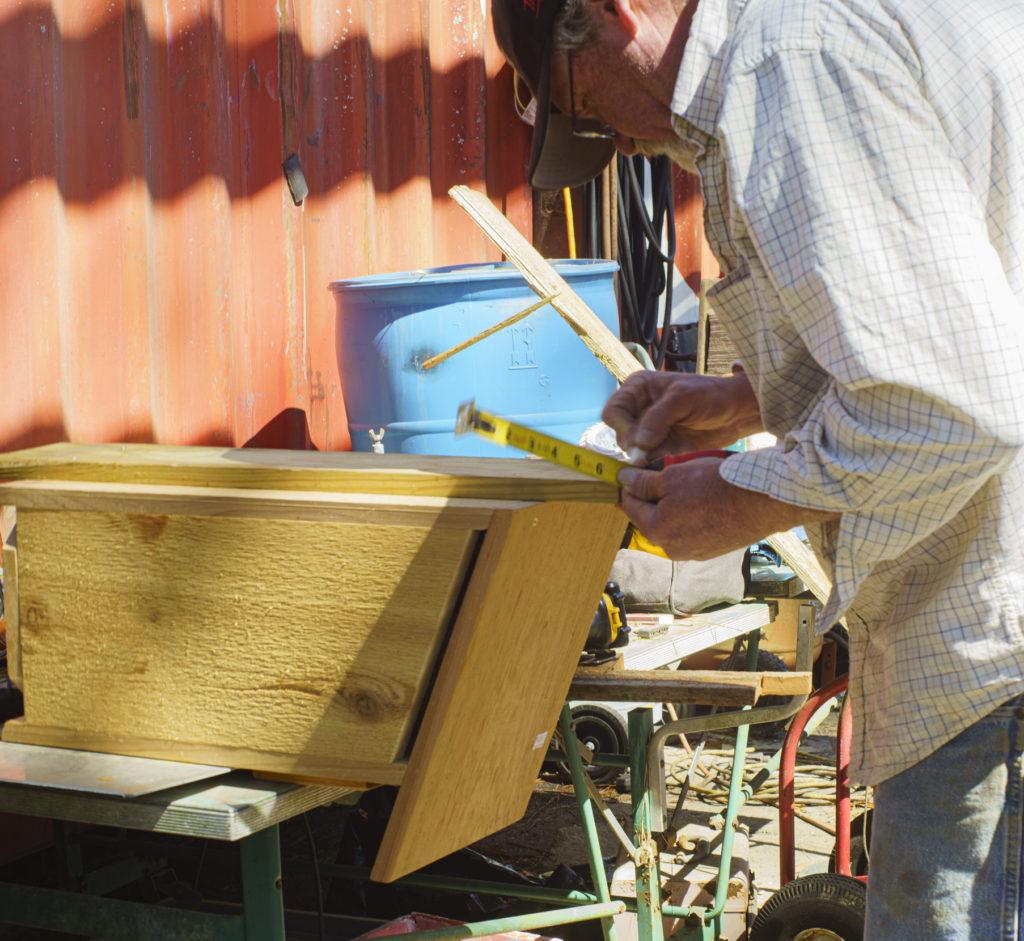
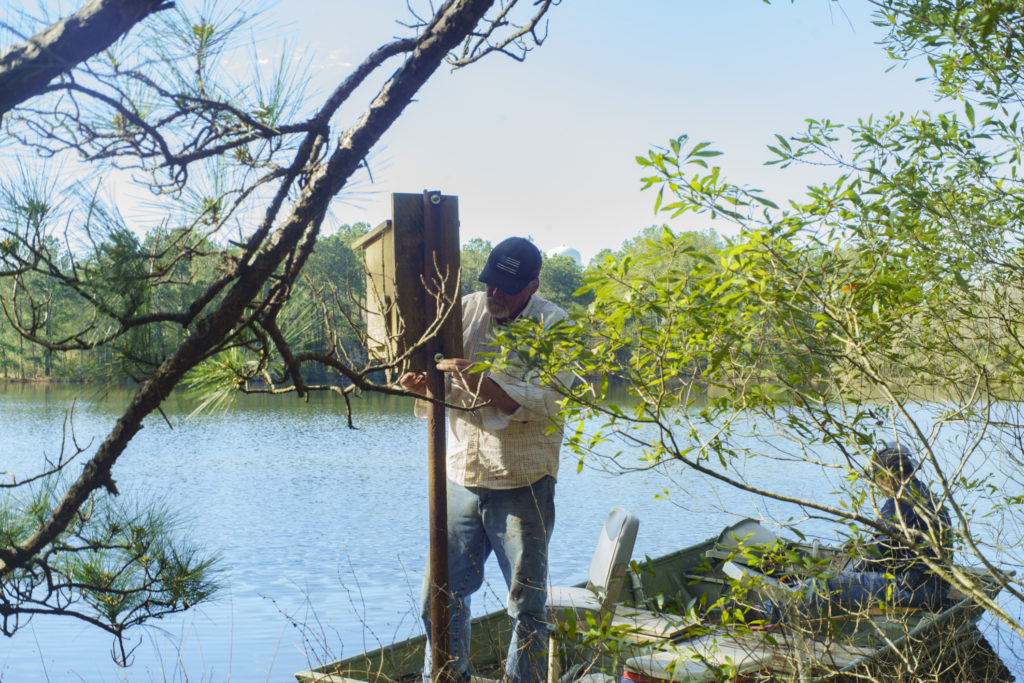

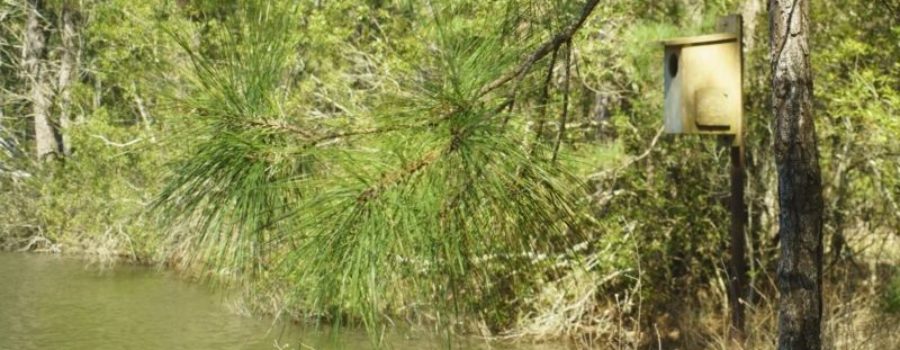
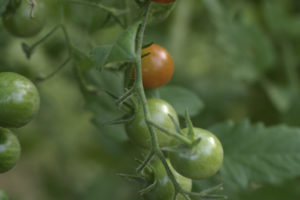
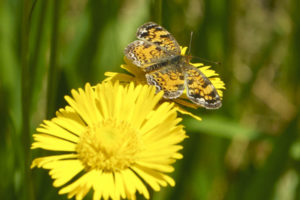
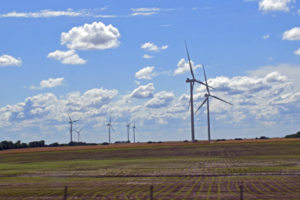
Recent Comments